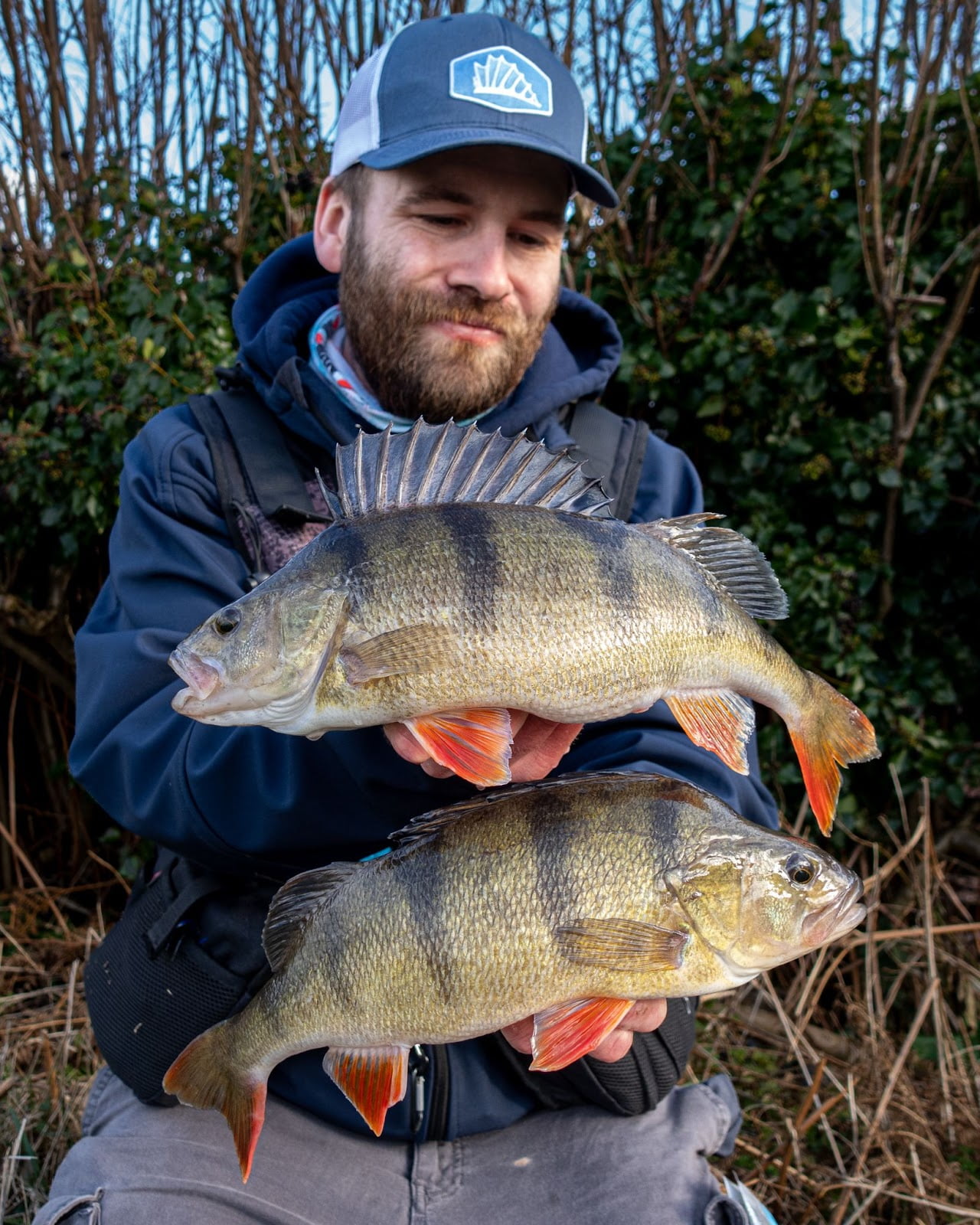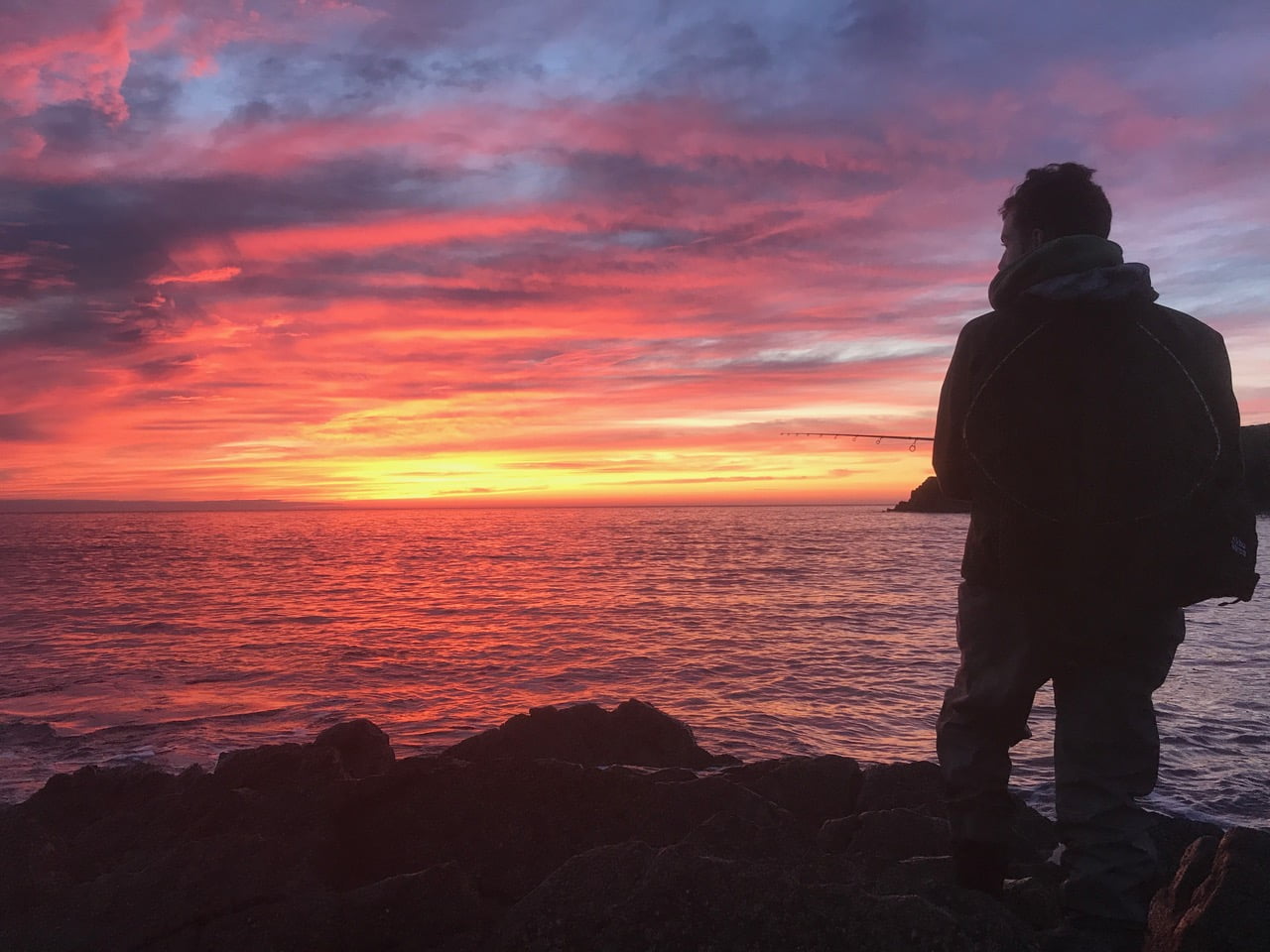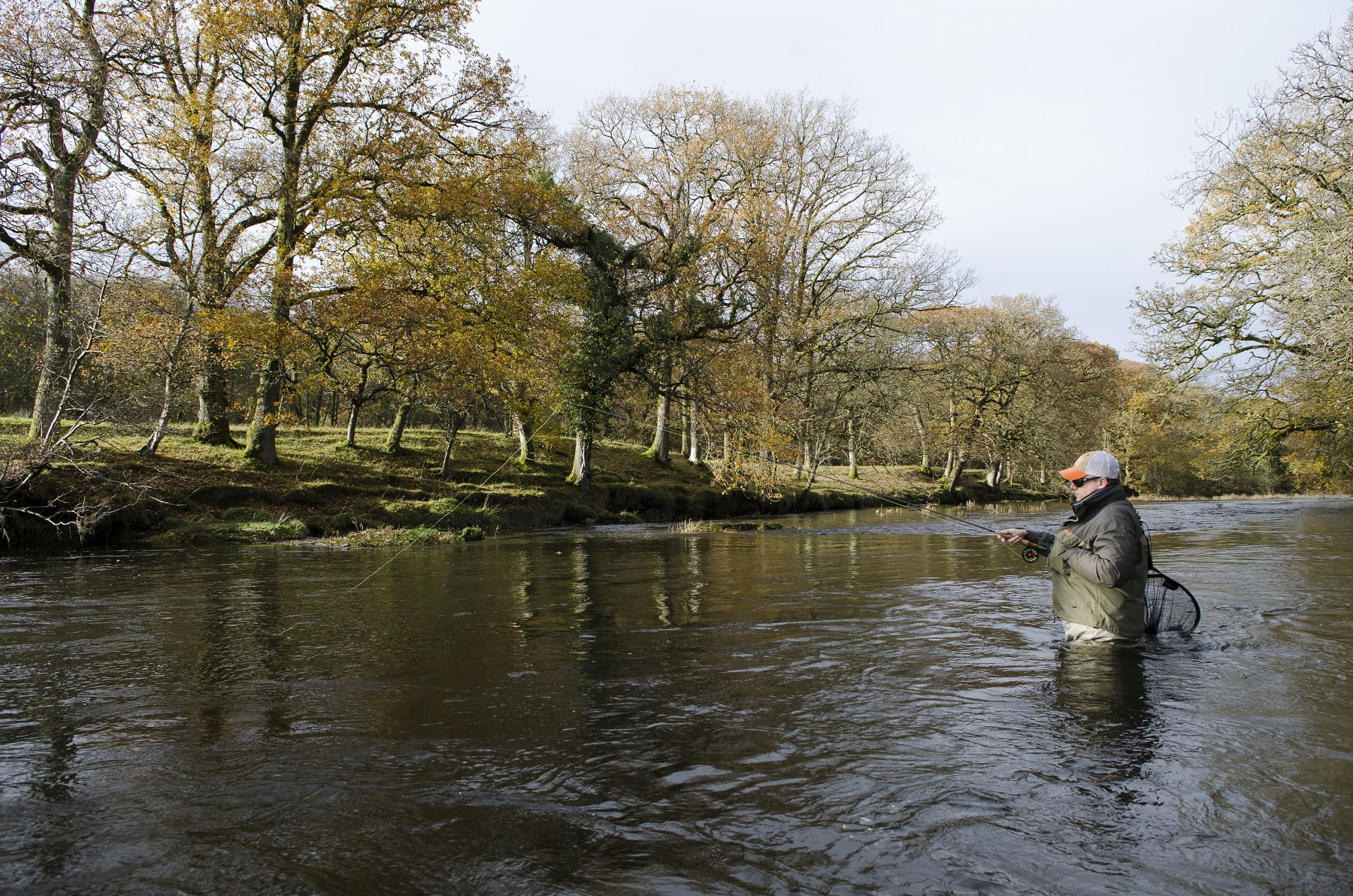Light Lure Fishing – Tips And Tactics
In this article Welsh lure angling specialist Brett Davies (aka The Fishist) takes a close look at the world of light lure fishing, with plenty of tips and advice on how to enjoy this mobile, fun way to catch predatory fish.
Lure fishing is currently growing from strength to strength, worldwide, and in the UK. Even within the last year I’ve noticed an upswing in the amount of interest, and participants, in this easily accessible and massively enjoyable field of our sport.
Mobility is key whilst Lure Fishing.
The more water covered, the higher the chance of running into an obliging specimen to engulf our lure. For this reason I always aim to carry as little gear as possible, whilst ensuring that I’m equipped for any eventuality. My chosen speciality is Ultra Light lure fishing – using small lures and balanced gear to target big versions of smaller species.
The fabulous Perch is my all time favourite species to target, and will be the focus of this blog post, although there are so many species which will take a lure that there’s always something to fish for, regardless of the time of year!
So, what is Ultra Light Lure fishing?
To me, this style of fishing is defined not just by the rod, reel, line and lure – there are other elements at play. Let me give you an example; I kit myself out with a light lure rod, a small fixed spool reel loaded with braid and a fluorocarbon leader. Excellent. This is a quintessential ultra light lure set up. However, I then proceed to fill a backpack up with every single lure I own, including the ones which I’d more than likely never use. Alongside this we also need our net, unhooking mat, scales, measure and unhooking tools. Before we know it, we’ve progressed from being a light footed and mobile lure angler to something different – a lure angler who is swamped with equipment, and no longer as mobile or efficient as before.
To go into the setup further though, there is an absolute minefield of information out there, with a vast range of suitable rods and reels available from a huge number of manufacturers. For canal work and small to medium rivers a 1-10 gram casting weight lure rod, with a length of around 6 feet is absolutely perfect. Pair this with a 500 or 1000 sized fixed spool reel and you’ll have a lovely balanced setup.
Balance is essential as you’ll be holding the rod for the duration of your session, with arm ache setting in rapidly if you’re constantly battling the centre of gravity of the reel on the rod. It must be said that I choose to use a BFS setup for 90% of my light lure fishing, with BFS being defined as the use of small baitcasting reels to cast light lures.
A fine diameter braided mainline is another essential, with my choice being around the 0.10mm mark. There are situations where fluorocarbon or monofilament mainlines are more suited, but I prefer braid overall for my purposes.
The low stretch of braid gives an incredible amount of sensitivity, transmitting the feeling of plucks and bites down that antenna of a fishing rod. This is very important, as sometimes the Perch can be incredibly finicky, with the bites being hardly discernible from the knocks of stones as you bump your lure along the canal, river or lake bed.
Being able to feel and then react to these subtle takes can mean the difference between a red letter day, and a day better spent in the house. We don’t, however, attach the lure or jig head directly to the braid. For this I use a two to three foot length of fluorocarbon attached to the braid with a four-turn water knot, and tie the lure on using an improved clinch knot.
The fluorocarbon I use for Perch will normally be 8lb to 10lb. However, if there are Pike present a wire leader should be used. I mostly use a 10lb single strand Nitinol trace using small swivels and clips.
Lure choice is yet another aspect to get your head around. There are thousands of different options available, with the choice being down to an angler’s preference most of the time. There are shads, worms, stick baits, creature baits, crankbaits, jerkbaits, and twitchbaits, just to name a few. Within these options there are then the vast catalogue of colours most manufacturers offer. Through time spent on the bank I’ve narrowed down my armoury to contain just a small selection of proven fish catchers. A few of my favourites include the Z-Man Finesse TRD, TRD BugZ and Baby GoatZ.
During a typical Perch session, I will carry a maximum of five packs of soft plastic lures, in colours and patterns which I have confidence in, due to the hours I’ve spent trying and testing them. As well as these I’ll carry a small tackle box containing some hard baits, and various pieces of terminal tackle such as hooks, weights and jig heads. This, along with the previously mentioned essentials, will all go into my fishing vest. With the net attached via a strong magnet, I’m totally mobile. Nothing to put down on the ground before casting, nothing to set up, just a well-oiled fishing machine.
Before we can put all of this equipment to use though, we need somewhere to use it. Google Maps is definitely your friend. I’ll spend hours scanning maps looking for likely looking areas on any rivers or canals I’m hoping to target.
Regardless of the venue, I’ll be looking for standout features. On canals these may be turning circles, moored boats, marinas (although these are rarely fishable), marina mouths, locks, or anything else which catches my eye. These also apply to a lot of rivers, but you can add in weirs to the mix as well!
Once I’ve identified an area I want to fish I then need to identify which ticket I need to hold to fish it. Again a simple search on Google for fishing clubs in the area should return some results. Some clubs allow day tickets, even purchasable online sometimes, but others will be members only.
I’ve held up to seven or eight different memberships all around the UK at some points to get as much as I can out of my fishing. This is common in lure fishing, as we need to be able to cover water, and it’s often the case that multiple clubs will hold the fishing rights on intertwining sections of river or canal!
Depending on the venue and the ticket held, I’ll sometimes cover up to ten miles on foot hunting down that specimen I can see in my mind’s eye. It needs to be said that this dedication and willingness to punish my feet in such a way doesn’t always pay off, and there have been countless occasions where I’ve finished a session having only gained a family of blisters, and no specimen fish. Speaking of venues and tickets, there are a large number of places in Wales to enjoy lure fishing. Stick around till the end and I’ll list a few recommendations!
Once I arrive at my chosen location I’ll attack it in quite a uniform way. The form of the attack is based on a number of things – the time of year, the time of day, the makeup of the location, any visual cues such as bait fish activity, and previous results I’ve experienced (if I’ve been there before).
If I’m fishing blind then I’ll start with a search bait, something like a small crankbait or a shad style soft plastic on a standard jig head. Once I contact something which shows an interest, I’ll often switch over to something with a little less action such as a ned-rigged buoyant stick or creature bait.
The thought process here is that the slower, methodical approach of the ned rig allows you to keep that bait in the kill zone for a longer period of time – sometimes I’ll pause the retrieve for up to ten seconds, the bait standing proud on the bottom due to its buoyancy and the flat face of a ned jig head.
If I know there are Perch in front of me and I’m not getting any bites then I’ll change the profile of the lure to try and work out what they want, although I’ll admit that sometimes no amount of changes will result in any action. In this situation I won’t keep thrashing the water to a foam, I’ll simply move on to find some more obliging fish. I get bored quickly, and I’m always aware that just because these ones aren’t biting, it doesn’t mean the next shoal won’t – don’t be scared to move!
Snags and structure are the gold standard of Perchy areas. You will often find them under bridges, near sunken trees, in lock cuttings, around weed beds, close to canal walls, and gathered in reed fringed areas. Sadly, there aren’t many things you can do to stop getting snagged up on these attractive features. No presentation is truly weedless, and you can be sure that your lure will find a way to attach itself to that big sunken tree. I just take getting snagged up as a sign that I’m in a likely area.
Baitfish activity is probably the most exciting sign of resident fish to any predator angler. If the bait is there then surely the predators must be near. Whilst this isn’t always the case, there have been countless occasions where I’ve rounded a bend and spotted small rings of surfacing fish peppering the water. Dropping a lure amongst them has resulted in a great number of pike and perch throughout my years.
Matching the hatch, as with fly fishing, is always a good idea when you find shoals of fish like this. If you see hundreds of three inch fish hitting the surface then it’s probably not a good idea to start casting a six inch lure. Try and find something which has a similar appearance, size, and action to the prey fish.
Predators are normally more active in the first hour, or last hour of the day. It’s always worth getting to the bank as early as you can, and leaving as late as possible for this reason. If there’s only a short session available to you, then try and make it during one of these times. Again though, this is definitely not gospel, and my personal best perch came at 11am!
Ultra Light Lure fishing is quite simply the most easily accessible field of angling. My equipment will easily fit in the boot of my car, and the resulting convenience of being able to drop in for an hour fishing here and there has definitely put more fish on the bank for me. Lures don’t go mouldy and become unusable, or escape into your car, turn into casters and explode into a plague of bluebottles. You can keep a selection in your boot, and are then prepared for any impromptu session.
The accessibility doesn’t only apply to the Ultra Light side of things. I also have a Pike setup which is ready to go at any time, with a small selection of lures in a tackle box and the appropriate tools contained in a backpack. I also have a Trout tackle box containing suitable lures, as well as a dedicated Trout rod rigged and ready. Preparation is the key to success, and having this equipment easily accessible makes the decision to get out and wet a line that much easier.

Thank you very much for taking the time to read, and I hope this entry has been helpful. I’ll be over the moon if you take something from it which will help in your fishing. If you have any further questions about anything I’ve covered please feel free to contact me via Instagram, @the.fishist.
Tight lines, Brett.
A few venues in Wales to try light lure fishing
- Langorse Lake – Boat fishing only, tickets available at the Lakeside shop at the venue.
- Pontsticill and Dolygaer – Merthyr Tydfil Angling Alliance.
- Cardiff Bay – Tickets available from a number of vendors listed here
- Monmouthshire and Brecon Canal – Cwmbran Angling, Merthyr Tydfil Angling Alliance, Rhymney & District Angling Society, Pontypool Angling Association
- River Taff and River Ely – Glamorgan Anglers Club.
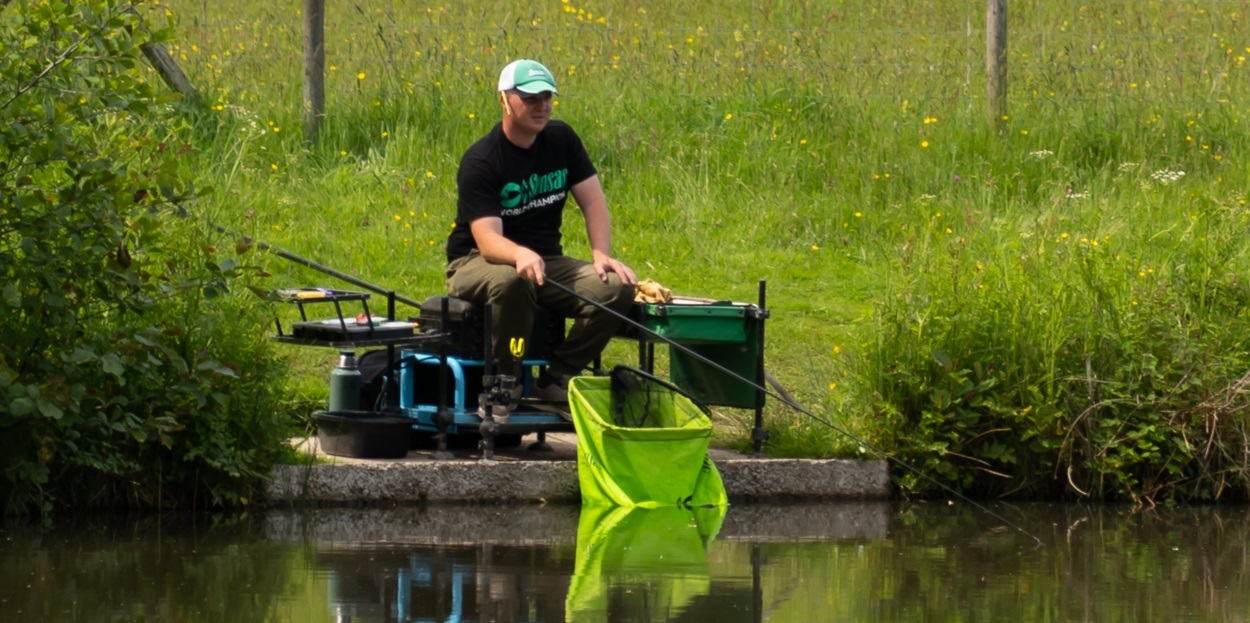
Cast a line and get back to your happy place
As we near National Fishing Month in August, Natural Resources Wales (NRW) invites everyone to experience the joy and…
Read More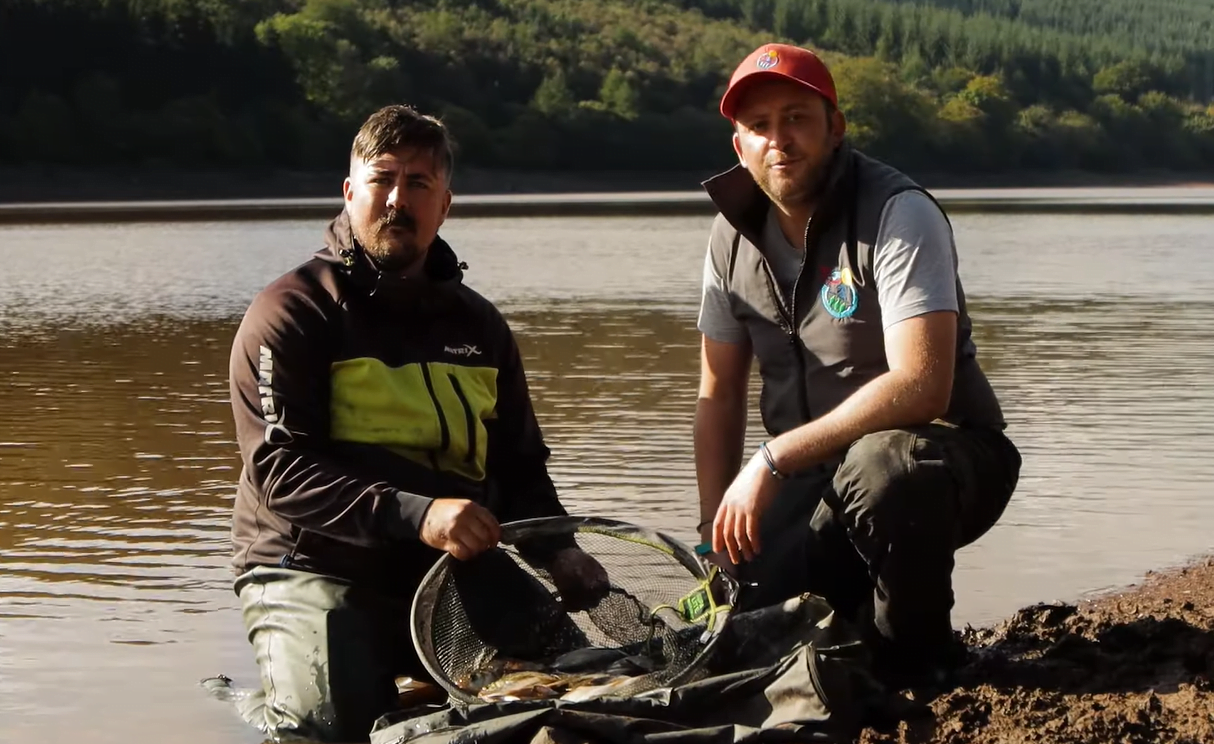
Take A Friend Fishing is Back
‘Take a Friend Fishing’ is on from 27th July to 1st September 2024 for National Fishing Month! Get together with…
Read More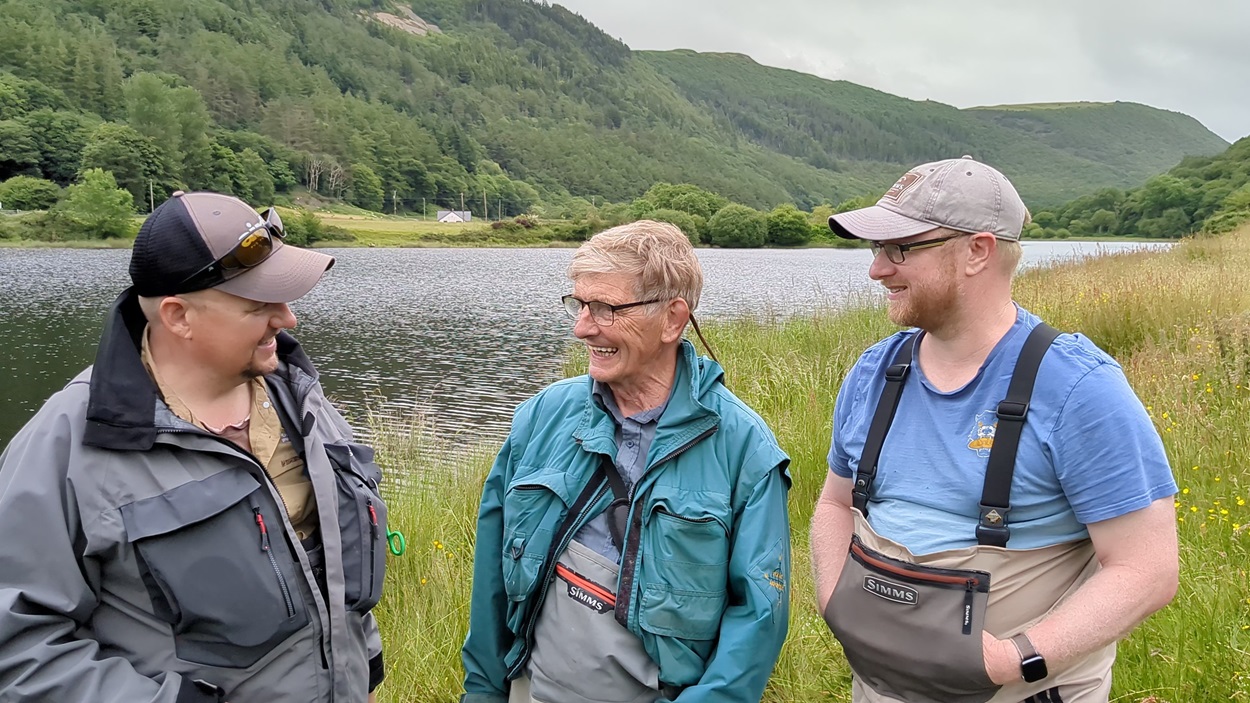
10 Lake Challenge VIDEO - Aberystwyth Angling Association
In this ‘summer special’ video Alan ‘Parf’ Parfitt, Ceri Thomas and Mark Evans take on the ’10 Lake Challenge’ which…
Read More
